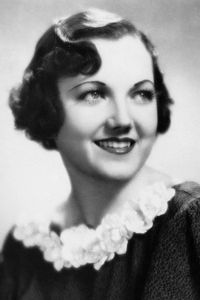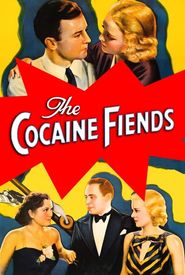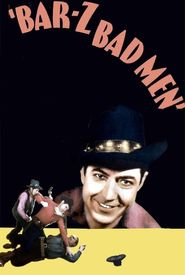Lois January's life was a vibrant tapestry woven from the threads of dance, acting, and music. Born in McAllen, Texas, she was practically raised on the stage, her mother convinced that her natural talents would take her all the way to the silver screen. And indeed, at an early age, Lois and her brother were whisked away to Los Angeles, where they were evaluated for potential roles in child performances. Although they eventually returned to Texas, the family's California dream was far from over. In fact, Lois's mother's prophecy would soon be fulfilled when the family settled in Los Angeles, allowing Lois to pursue her passion for dance and acting in earnest.
As a young woman, Lois continued to hone her craft, joining a touring dance troupe after graduating from high school. When the group disbanded in 1931, she redirected her focus towards acting, landing small roles in plays at the renowned Pasadena Playhouse. It was there that she caught the eye of a Universal Pictures executive, who offered her a contract. Lois's early years in Hollywood were marked by appearances in Universal's "B" pictures, followed by stints at Columbia Pictures and Republic Pictures, where she appeared alongside Western stalwarts like Johnny Mack Brown and Bob Steele.
Lois's most iconic role came in 1939, when she played a manicurist in the classic film "The Wizard of Oz." After completing that project, she made her way to New York, where she appeared on Broadway in the play "Yokel Boy." Following a successful run, she landed an engagement at the legendary Rainbow Room, where she entertained audiences with her singing talents. Throughout the 1940s, Lois divided her time between nightclub engagements and stage work, eventually earning her own radio show.
Although Lois's film career slowed down in the 1960s, she continued to make guest appearances on television throughout the late 1960s and early 1970s. Lois January's remarkable journey came to a close on August 12, 2006, when she passed away in Los Angeles due to complications from Alzheimer's disease. Her legacy, however, lives on, a testament to her tireless dedication to her craft and her enduring talent.


































